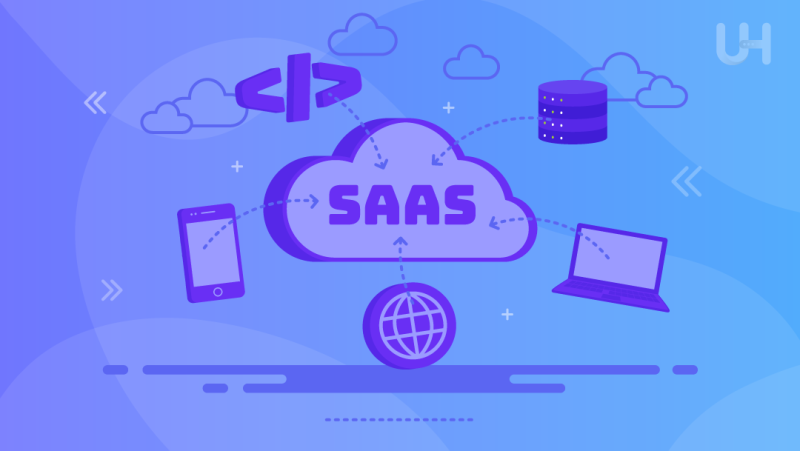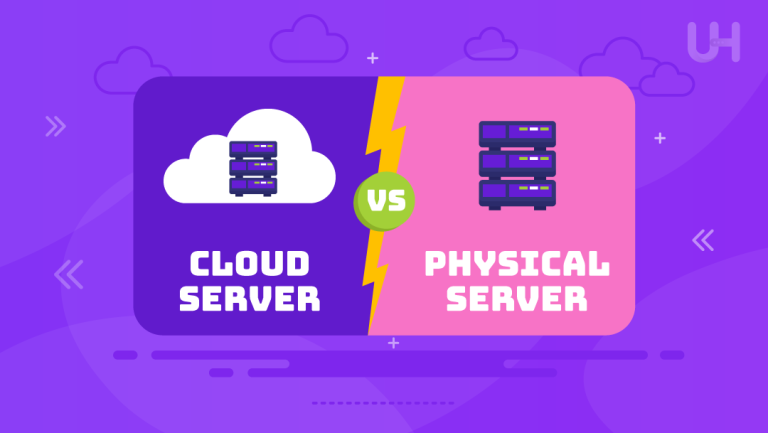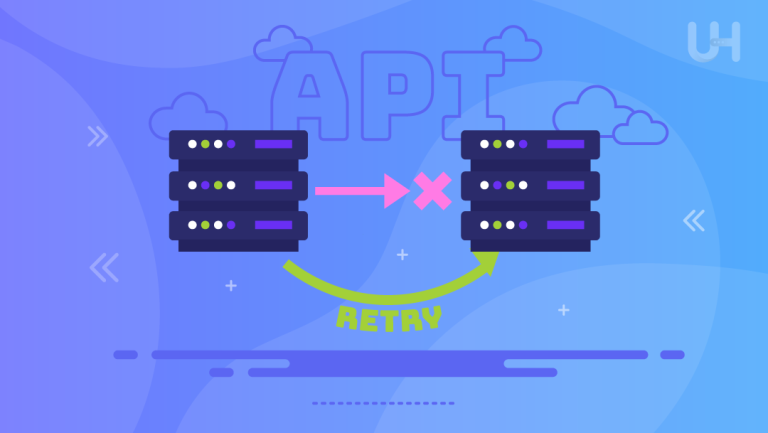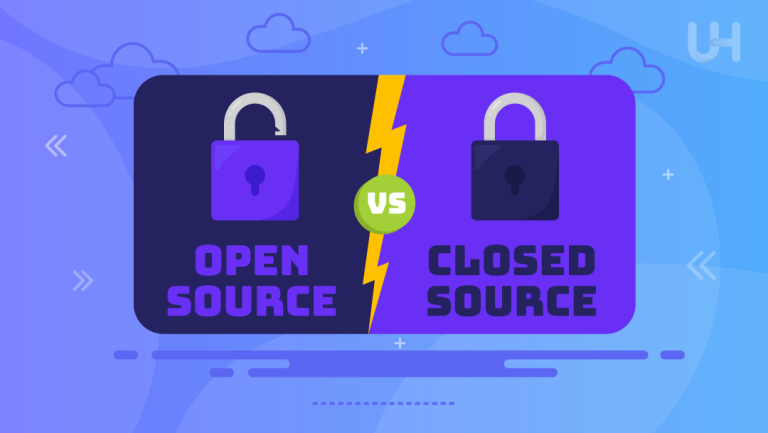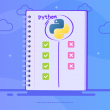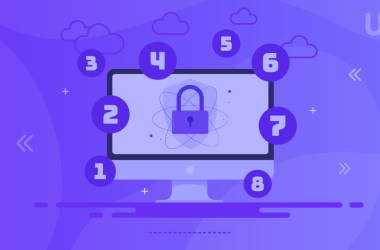First, what does SaaS stand for? It stands for Software as a Service, which indicates a cloud-based way of software delivery. It provides access to several applications over the Internet, mainly through a web browser. This is quite different from traditional methods; businesses must install computer software. Here, businesses can subscribe to the use of software without complex infrastructure or maintenance.
The best approach for companies that want to scale up efficiently and fast, with flexibility and the lowest upfront costs, is to receive automatic updates. SaaS completely changed how companies do business; it went out of its way to ensure businesses could easily acquire the critical tools and services they needed. This is why SaaS software has become so popular in today’s digital era.
SaaS vs On-Premise
The key differences between SaaS, which stands for Software as a Service and on-premise software lie in the deployment and maintenance of the software. SaaS is cloud-based, meaning users access the software via the Internet without installing or managing it on their systems. This reduces the need for physical web servers, IT maintenance, and hardware investment.
In contrast, on-premise software is installed directly onto a company’s hardware. It provides more control to the business but requires a lot of IT resources to keep it updated and secure. Generally, SaaS offers greater flexibility, scalability, and cost-effectiveness, while on-premise solutions are preferred in highly customized environments and when data privacy is the top priority.
Cloud-Based Architecture
SaaS architecture is the backbone of cloud-based hosting, where applications are hosted on remote servers and accessed through the Internet. This method promotes a number of advantages compared to the traditional method of hosting software. Firstly, it provides scalability: a business can easily scale up or down depending on resources.
Secondly, accessibility due to cloud architecture enhances the ease of use of the software from any device with access to the internet. Third, it reduces the hosting costs on physical dedicated hosting servers, hardware, and their respective maintenance. Finally, cloud systems generally have better security and provide automatic data backups and encryption protocols to protect data, making it a reliable choice for businesses of any scale. That is also the main reason for what is SaaS made for.
Subscription Pricing Model
- Cost-effective plans: Software as a Service providers offer flexible subscription models, usually paid monthly or annually, which relieve businesses from investing in expensive software licensing and hardware purchase costs.
- Pay-as-You-Go: Users can scale their subscription plans according to their use or needs; thus, they will pay only for what they use, which is a dream for businesses whose size or demand fluctuates.
- Tiered Pricing Options: SaaS platforms often offer tiered pricing options, allowing prospective subscribers to choose from varied features and services. This allows businesses to subscribe to a plan that suits their budgets and requirements.
- No Hidden Maintenance Costs: Subscriptions allow them to include regular updates, security patches, and even technical support in their subscription, thus not having any hidden maintenance costs.
SaaS Key Features
- Access Anywhere, Anytime: With SaaS, the software can be accessed anywhere on any device, provided there is an active net connection. Hence, SaaS encourages remote work and collaboration between different locations.
- Solution Customizable: Because most SaaS applications can be customized, business clients are able to customize the software to suit their needs by doing little in the way of technical work or in-house development.
- Automatic Updates: SaaS providers are responsible for updating and improving their own software. Ultimately, this means users benefit from having the latest version of the tool without dealing with any downtime or manual installations.
- Outputs: However, this means that companies can easily scale their levels of service up or down as needed to meet growth or fluctuations in demand. This is how SaaS will adapt during different stages of enterprise development.
Scalability and Flexibility
SaaS provider’s scalability and flexibility can’t be compared with anything else, and that makes SaaS proper for businesses of any size. Owing to the Cloud-based infrastructure, companies can straightforwardly scale their usage up or down depending on needs without large investments for more hardware and infrastructure.
This adaptability is crucial for a growing business because, on SaaS platforms, it is very easy to add new users or expand a set of features while excluding service interruptions. Besides this, SaaS is flexible about accessibility: SaaS allows employees to proceed with their work from any place where there may be an Internet connection, hence facilitating collaboration across global teams and embracing a hybrid/fully remote culture.
Boost Your Business with Secure VPS Hosting!
Consider UltaHost’s VPS hosting for scalable, secure, and flexible cloud solutions to meet your growing business needs. It complements SaaS with reliable performance, ensuring your applications run smoothly while minimizing costs and IT infrastructure management.
Security in SaaS
SaaS, therefore, is a service where security is paramount because an organization’s sensitive data is hosted on the cloud. Many SaaS platforms deploy cutting-edge security techniques, such as data encryption, for both data in transit and at rest to ensure that data remains well-guarded from unauthorized access.
Furthermore, the use of MFA and RBAC by SaaS providers enhances user security. Instances also automatically receive regular security updates and patches, reducing the chances of vulnerabilities. Many SaaS providers follow such industry standards as GDPR hosting regulations, HIPAA, or SOC 2 outsourcing to such a provider, and a business will meet regulatory requirements while benefiting from cloud-based software solutions.
Integration and APIs
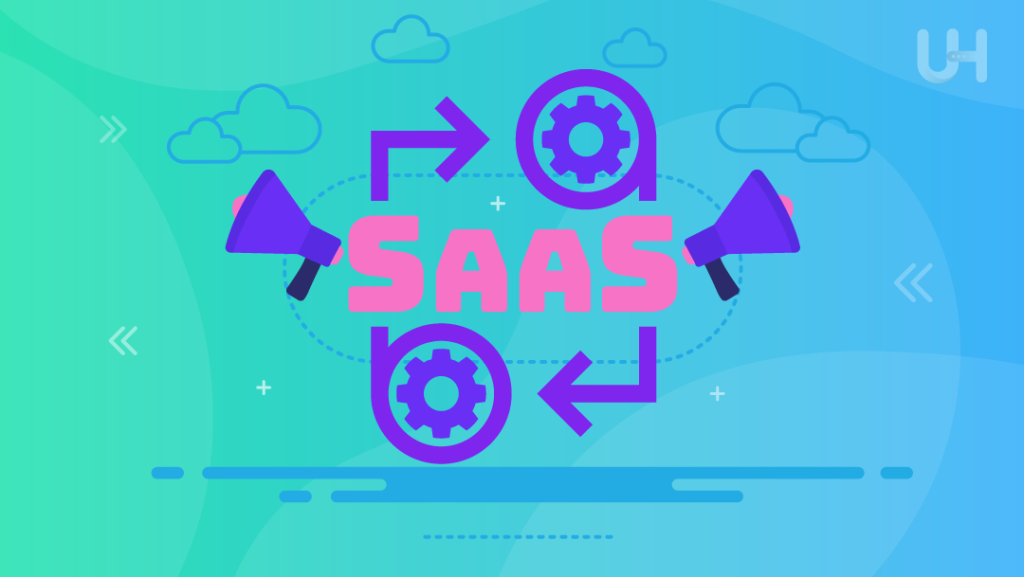
Seamless Integration
SaaS platforms integrate easily into business systems and software. Such integrations facilitate workflows, allowing easy data flow between tools like CRM software, ERP, and accounting systems. By hooking up these systems, businesses can minimize manual data entry and reduce errors, thus assuring efficiency in various departments.
APIs for Customization
Application Programming Interfaces allow businesses to tailor their SaaS platforms for specific needs or extend expanded functionality. APIs can be used to connect other applications, develop custom features, and automate workflows, thus offering bespoke solutions that are developed in response to very specific business needs without having to tear down established systems.
User Accessibility
SaaS means that users can access the capabilities of software applications from anywhere with access to the internet. Such flexibility supports remote work, mobile access, and collaboration across distributed teams. SaaS applications tend to be platform-independent; they can be executed on desktops, laptops, tablets, and smartphones without compatibility issues.
Besides, several SaaS providers are designed with user-friendly interfaces that even take the difficulty off less technically talented users. From multi-language support to accessibility settings, SaaS platforms make sure that everyone in each organization can get things done and have a good user experience.
Maintenance and Updates
Maintenance and updates are easier in SaaS and SaaS marketing platforms because they’re automated on the provider’s side. These platforms automate the painful software installation, patching, or downtime for companies because updates are smoothly deployed without disrupting the service. This ensures that users can use the latest features, bug fixes, and security enhancements.
Automatic updates also help reduce IT workload and lower the risk of outdated software vulnerabilities. These updates usually occur when the load is low, further reducing the likelihood of disrupting the service. This hands-off approach to maintenance lets businesses focus on core operations while continually reaping the benefits of better software.
Business Benefits of SaaS
- Cost Savings: SaaS eliminates the need for expensive hardware, installations, and maintenance, thereby reducing businesses’ upfront and ongoing costs.
- Scalability: The SaaS platform scales up easily on growing businesses by the need for more users, storage, or additional feature requirements without substantial infrastructural changes.
- Accessibility: Subscription-based SaaS can be accessed from anywhere, on any device and operating system, provided the device is connected to the internet. The process advocates for work-from-home, flexibility, and collaboration among teams.
- Automatic Updates: The provider does periodic updates, and businesses are always using the latest features, security patches, and performance improvements for data privacy without any business being down or any manual work.
Conclusion
SaaS has provided an enterprise with a powerful, flexible, and cost-effective software solution in which seamless access can be viewed, automatic updates ensured, and scalability thus provided to feature and grow the business. SaaS dispels much of the complexity surrounding traditional on-premise systems with an overall reduction in infrastructure costs and maintenance with minimal in-house IT support. Due to its accessibility, it allows remote work and global collaboration, and with its strong security measures.
For enhanced security and performance, choose UltaHost’s Cloudflare VPS Hosting. It integrates seamlessly with SaaS applications and offers protection against cyber threats.
FAQ
What is SaaS?
SaaS is a cloud software delivery model that allows users to access applications online without installing or maintaining them on local devices.
How is SaaS different from traditional software?
While traditional software needs to be hosted on a machine or a server, SaaS is located in the cloud and accessed through the Internet.
What are the benefits of SaaS from a business perspective?
With SaaS, they get much-needed flexibility, scalability, lower upfront costs, automatic updating, and accessibility from any location with Internet access.
Is SaaS secure to house sensitive business data?
Yes, SaaS providers do implement the use of advanced encryption and multifactor authentication to help protect data.
Do SaaS solutions integrate with other business tools?
Yeah, most SaaS platforms provide APIs and integrations enabling businesses to integrate these into their current systems, such as CRMs, ERPs, etc.
How does SaaS support mobile employees?
Since SaaS applications are accessible on any device with an active Internet connection, they are fairly suitable to support remote or distributed workforces.
What is the pricing model for SaaS?
SaaS pricing typically follows a subscription-based model, in which businesses pay monthly or annually, depending on their usage or tiered plans.





